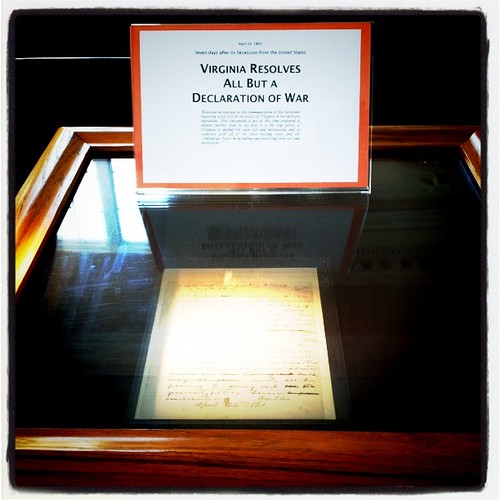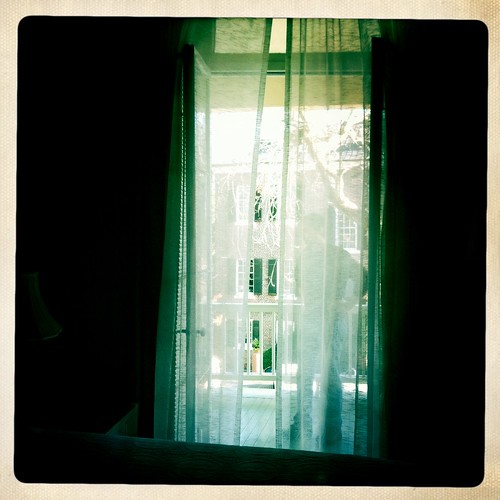Paul here.
While I've been traveling for the first series of Something, Anything film festival screenings, I've caught up with a few films, though not nearly as many as I would like to have seen. Of all of them, I was inspired to write a few words about Brandon Colvin's Sabbatical, which I saw in Wisconsin at its World Premiere.
I rarely make time to write out-and-out reviews, but I wanted to put my thoughts down on this one for three reasons: First, I've thought about a good deal in the three weeks since I've seen it. Second, it is a "difficult" film, and because of that I fear it will face some (unfair) challenges on the festival circuit. And third, I have seen few other people writing about the film. My words certainly aren't going to convince a curator to program the film, but I believe the film merits a serious look and this is my way of sharing that.
xxx
Sabbatical (Brandon Colvin, 2014)
Brandon Colvin's Sabbatical, which had its World Premiere at the Wisconsin Film Festival, was described in the fest catalog as an "unapologetically rigorous work." It does not fail to deliver on that promise.
The film's story concerns Ben (Robert Longstreet), a religious studies professor who returns to care for his ailing mother. During his time back home he reconnects with people from his past -- an estranged friend (Thomas Jay Ryan) and Sarah (Rhoda Griffis), a former lover. Describing the film in this way, however, is misleading because the film's characters and dramatic arc are secondary to the film's austere formalist concerns.
Sabbatical consists of some 60-odd shots over the course of its 72 minutes with most of the scenes existing as single, static long takes. (At least two of these last over 5 minutes.) In the entire film I can only recall two instances of camera movement. There are many, many shots (or "scenes" -- as I said, there's hardly any distinction between the two) in which we see characters only from behind. And the actors, truly performing in the mode of Bressonian models, speak in virtual monotone. Throughout, the film steadfastly denies us the things we typically expect to see or hear in more mainstream cinema.
While Bresson obviously looms large as an inspiration here, because of its single-shot-per-scene approach I was also reminded of Jon Jost's work and, though it's a bit of a stretch, even Hollis Frampton's classic of structural filmmaking, [nostalgia]. Regardless of who one thinks of, audiences that have some cinematic references to draw upon will undoubtedly find themselves more engaged with the film than those who read a logline and expect to see a sensitive family drama. Within two or three scenes/shots you understand how Colvin will tell the tale, and I suspect at that point you're either with it or you're against it. The woman sitting next to me at the world premiere was, it's probably fair to say, against it. Me? I was with it. (So, too, were the many people who stayed afterward for the Q&A.)
One can't expect complete success with any film, and you certainly can't with a film that feels like such an experiment for its creator and cast. There are a few moments one feels the actors struggling to perform in the same, flattened register, for instance. Sometimes, too, the images feel more mannered than rigorous. Still, in moments like the film's final scene, or a scene where Ben discovers his mother is unconscious the starkness and purity of the film's approach works in harmony with its themes of separation and loss. Best of all was what I consider the film's centerpiece, an indelible scene of loneliness and tenderness between Ben and Sarah at a kitchen table. It's a sequence that, three weeks after seeing it, continues to haunt me.
Beyond its literal reference to the main character's break from work, Sabbatical's title has a deeper meaning. The origin of the word literally means "a ceasing", and denial is at the heart of this film -- the affection people deny to each other, the denial of death, and above all, perhaps, the denial of the typical pleasures of narrative cinema for something else. In Sabbatical Brandon Colvin challenges his viewers to look deeper, and I found the investment of time, of attention, rewarding.



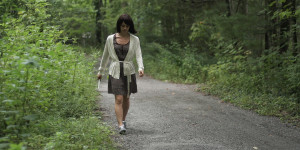


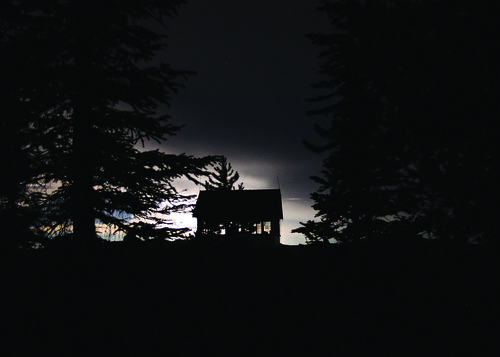
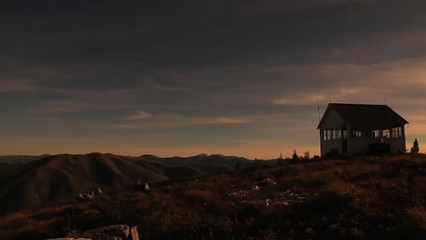
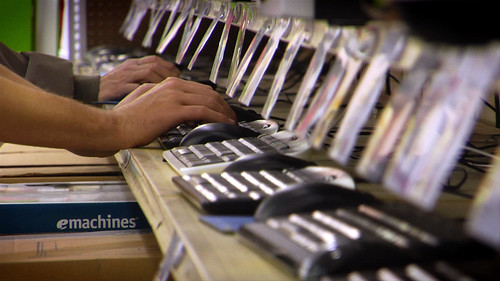
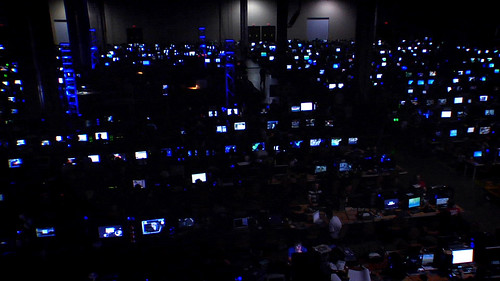
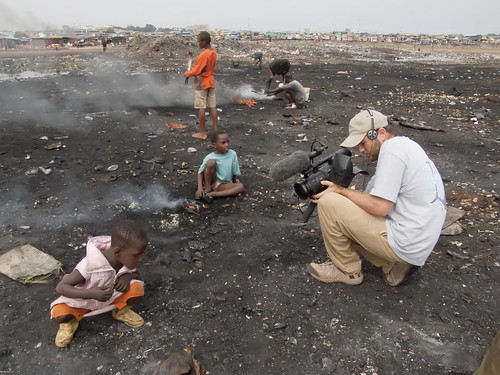
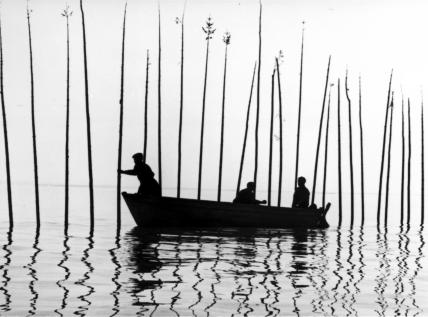
 If you're looking at this website in anything other than an RSS reader you can probably tell that we've completely overhauled the website. Thanks to our wonderful designer friends at
If you're looking at this website in anything other than an RSS reader you can probably tell that we've completely overhauled the website. Thanks to our wonderful designer friends at 
